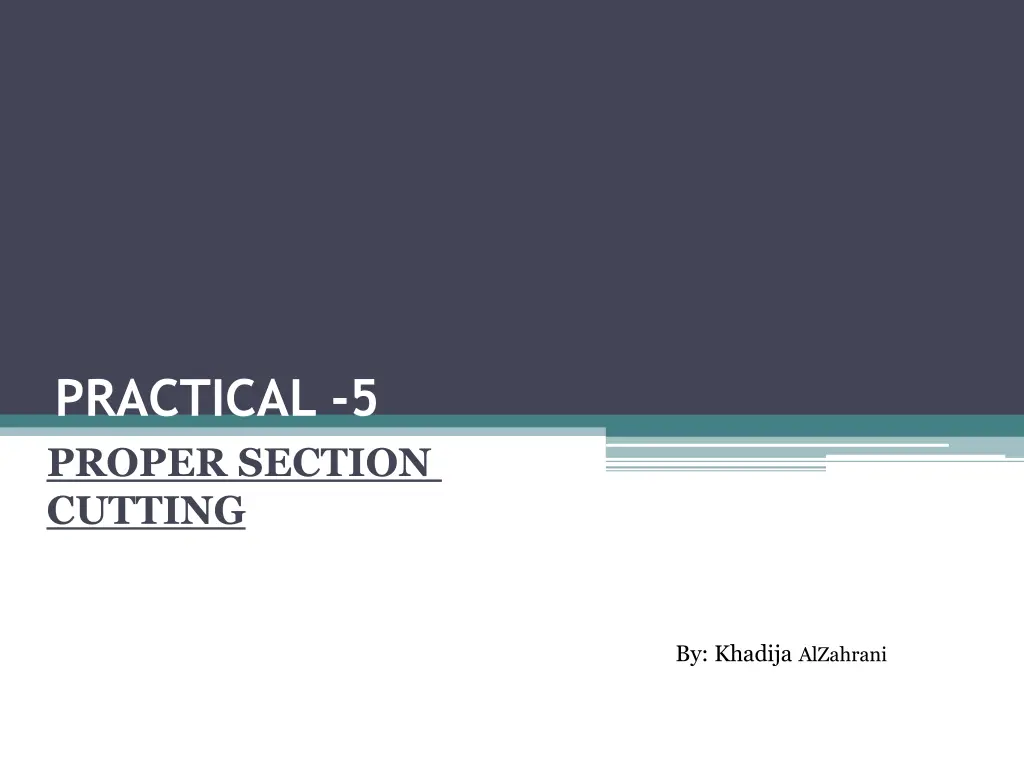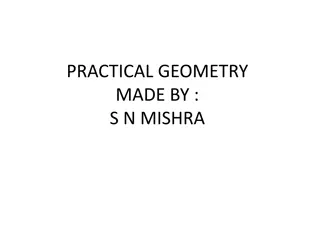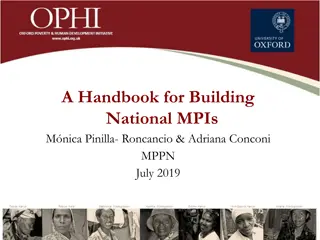
Proper Section Cutting Techniques for Microscopy
Learn about the proper techniques for cutting sections in microscopy, including the ideal thickness for light and electron microscopy, common faults to avoid, and key points for successful sectioning.
Download Presentation

Please find below an Image/Link to download the presentation.
The content on the website is provided AS IS for your information and personal use only. It may not be sold, licensed, or shared on other websites without obtaining consent from the author. If you encounter any issues during the download, it is possible that the publisher has removed the file from their server.
You are allowed to download the files provided on this website for personal or commercial use, subject to the condition that they are used lawfully. All files are the property of their respective owners.
The content on the website is provided AS IS for your information and personal use only. It may not be sold, licensed, or shared on other websites without obtaining consent from the author.
E N D
Presentation Transcript
PRACTICAL -5 PROPER SECTION CUTTING By: Khadija AlZahrani
PROPER SECTION CUTTING Typically 5 m thick for light microscopy And 80-100 nm thick for electron microscopy.
TECHNIQUES OF CUTTING PARAFFIN SECTIONS: 1- Orientation of the block on the microtome 2- Setting the knife in the suitable angle 3- Trimming or shaving the block 4- Cutting the section to the required thicken GENERAL FAULTS WHEN CUTTING PARAFFIN SECTIONS: a- Blunt knife and a damage knife edge b- Block or knife not well locked by screws or both c- Incorrect setting of the knife
For easy and good sectioning the following points are necessary: 1- Appropriate microtome and appropriate knife 2- Well prepared knife 3- Perfect setting includes: a-Relation of the knife to the object b-Tilt of inclination of the knife c-Angel clearance which depends on the profile of the knife, it govern the angel of slant. 4- Proper processed tissue 5- The skill of the technologist 6- The rate of cutting 7- The temperature of the atmosphere and the moisture 8- The orientation of the tissue block.






















